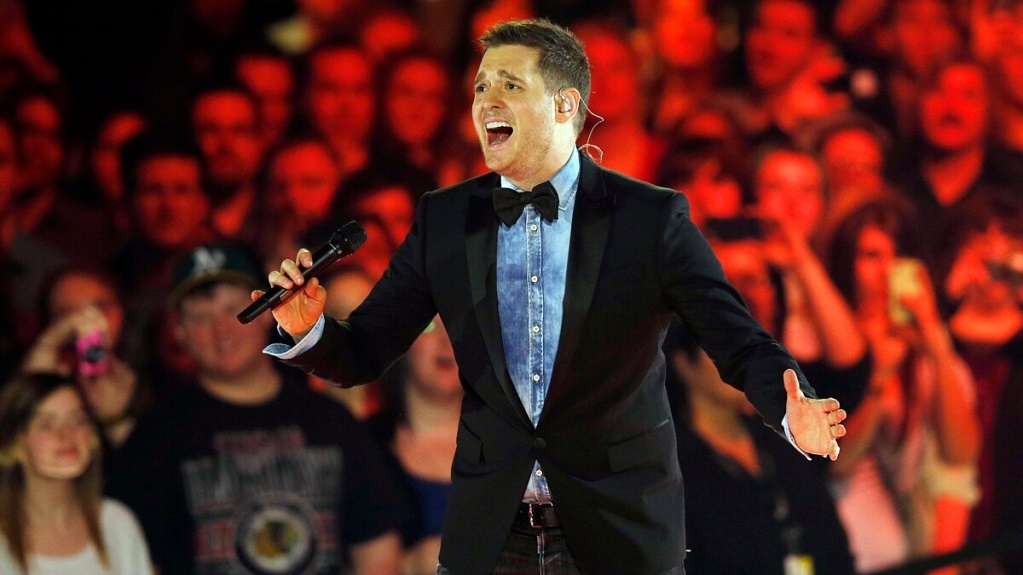Political Momentum Grows for Sending F-16 Jets to Ukraine
Written by worldOneFm on February 21, 2023
Since the early days of Russia’s full-scale invasion of his country, Ukrainian President Volodymyr Zelenskyy’s pleas to the U.S. for advanced fighter jets have gone largely unanswered, but even as experts warn that the planes might not make much of a near-term difference in the conflict, the idea is gaining support.
At the Munich Security Conference over the weekend, Vice President Kamala Harris directly accused Russia of perpetrating crimes against humanity in the course of its invasion, which will reach its one-year mark this week. Two senior Republican lawmakers followed up with calls to arm Ukraine with advanced fighters.
Republican Senator Lindsay Graham, a prominent defense hawk, picked up on Harris’ statement and used it to urge the administration of President Joe Biden to take the first steps toward supplying the aircraft.
“Let me just stress this: How can you call this war by Russia a crime against humanity … and not give the victim of their crime against humanity the defensive weapons they need to stop the crime?” Graham said in an interview with ABC News. “So, we need to do two things quickly: make Russia a state sponsor of terrorism under U.S. law, which would make it harder for China to give weapons to Russia, and we need to start training Ukrainian pilots on the F-16 now.”
‘Everything we can’
Also in Munich, House Foreign Affairs Committee Chairman Michael McCaul, a Texas Republican, told CNN that he also wants Biden to send the jets to Ukraine.
“The fact is, the longer they wait, the longer this conflict will prevail,” McCaul said.
“We need to throw everything we can into this fight so that they can win,” McCaul added. “And I think the momentum is building for this to happen.”
The comments from Graham and McCaul came just days after a bipartisan group of lawmakers in the House of Representatives sent a letter to Biden also asking that he send F-16s to Kyiv.
“The provision of such aircraft is necessary to help Ukraine protect its airspace, particularly in light of renewed Russian offensives and considering the expected increase in large-scale combat operations,” they wrote.
President Biden reluctant
President Biden has not been enthusiastic about the idea of providing advanced fighter jets to the Ukrainian armed forces, out of concern that offering Kyiv a weapons platform with the ability to strike inside Russia’s border could escalate the conflict.
In late January, when asked by a reporter if the U.S. would send Ukraine F-16s, Biden replied with a flat out, “No.”
Administration officials, speaking on background, have warned that trying to transition Ukraine to a new fighter system in the middle of an active war would be extremely difficult, at best, especially because its air force has no experience with similarly designed aircraft.
However, it was not long ago that the administration, including the president himself, were making similar arguments against providing the M1 Abrams main battle tank to Kyiv. But after weeks of pressure, and a high-stakes negotiation in which Germany said it would only move forward with the transfer of its own advanced tanks to Ukraine if the U.S. went first, the White House changed course and promised 31 of them.
A similar dynamic seems to be playing out now, with a number of U.S. allies in Europe saying they are open to providing advanced fighters, though none have yet committed to taking that step.
Effectiveness questioned
Experts said that it would be a mistake to believe that the provision of F-16s or similar jets to Ukraine would make a significant difference in the near term.
While Ukraine has a long-established and effective air force, the country’s stock of planes and maintenance equipment is all older, Soviet-era gear, primarily MiG-29s and SU-27s, all of it completely incompatible with the more advanced planes being considered. That means that in addition to new planes, Ukraine would have to utterly overhaul its logistics and retrain its maintenance crews, monumental tasks even in peacetime.
Mike “Starbaby” Pietrucha, a retired U.S. Air Force colonel and a veteran of more than 150 combat missions, told VOA it would take years for Ukrainian pilots to develop the expertise needed to operate the F-16 in a combat environment.
“The Ukrainians already have fighter pilots that are both talented and experienced with their form of fighter aviation, and some of that transfers,” Pietrucha told VOA. “But not as much as you would hope.”
“The fact that you can do air-to-air [combat] in a MiG-29 means you’ve got the principles right, but in an F-16, it’s a different ballgame,” he said. “You have different sensors, you have different weapons, and you’ve got a differently capable aircraft.”
Training, logistics challenges
When the U.S. began the transition to jets like the F-16 from older models, it took years of training to bring the first combat-ready units online. This was because of the complexity of the planes and the inherent danger in operating a supersonic aircraft.
Pietrucha said that rushing Ukrainian pilots through training would almost certainly result in pilots dying unnecessarily.
“One of the worst things you could possibly do is to take your experienced group of fighter aviators out of Ukraine, stick them in a new airplane, throw them back into combat and expect them to do well,” Pietrucha said. “Because you will overestimate their capabilities, and you will give them inappropriate taskings, and you will waste the guys that could otherwise have been your initial instructor cadre if you had just gone at a reasonable speed.”
Karl P. Mueller, a senior political scientist at the RAND Corporation, told VOA that setting up a logistics and maintenance operation for F-16s in Ukraine would also be an extremely difficult challenge.
“This is a big undertaking, because the F-16 is not designed to be a particularly undemanding aircraft,” Mueller said. “It is designed to operate from major bases with big maintenance infrastructures and personnel footprints.”
Advanced weapons system
The F-16, though not the most advanced plane in the U.S. arsenal, is still a formidable weapon.
Originally designed by General Dynamics in the 1970s and considerably upgraded since, the F-16 is what defense experts call a “multirole” fighter jet. Over the years, it has evolved from a daytime fighter meant to engage targets within visual range into a much more sophisticated aircraft. The F-16 is now capable of operation at night, engaging targets that are beyond the horizon, and playing multiple roles in a combat situation.
More than 4,600 of the planes have been made since production began nearly 50 years ago, and new models are still being built for some foreign markets. Notably, the F-16 is in service in a number of European allies of the U.S., including NATO members Denmark, Belgium, the Netherlands, Poland and others.
Ukraine has formally requested that the Netherlands, which is in the process of transitioning away from the F-16 to the more advanced F-35, provide some of the planes it will be decommissioning to the Ukrainian armed forces. Dutch authorities said they are seriously considering the request.






